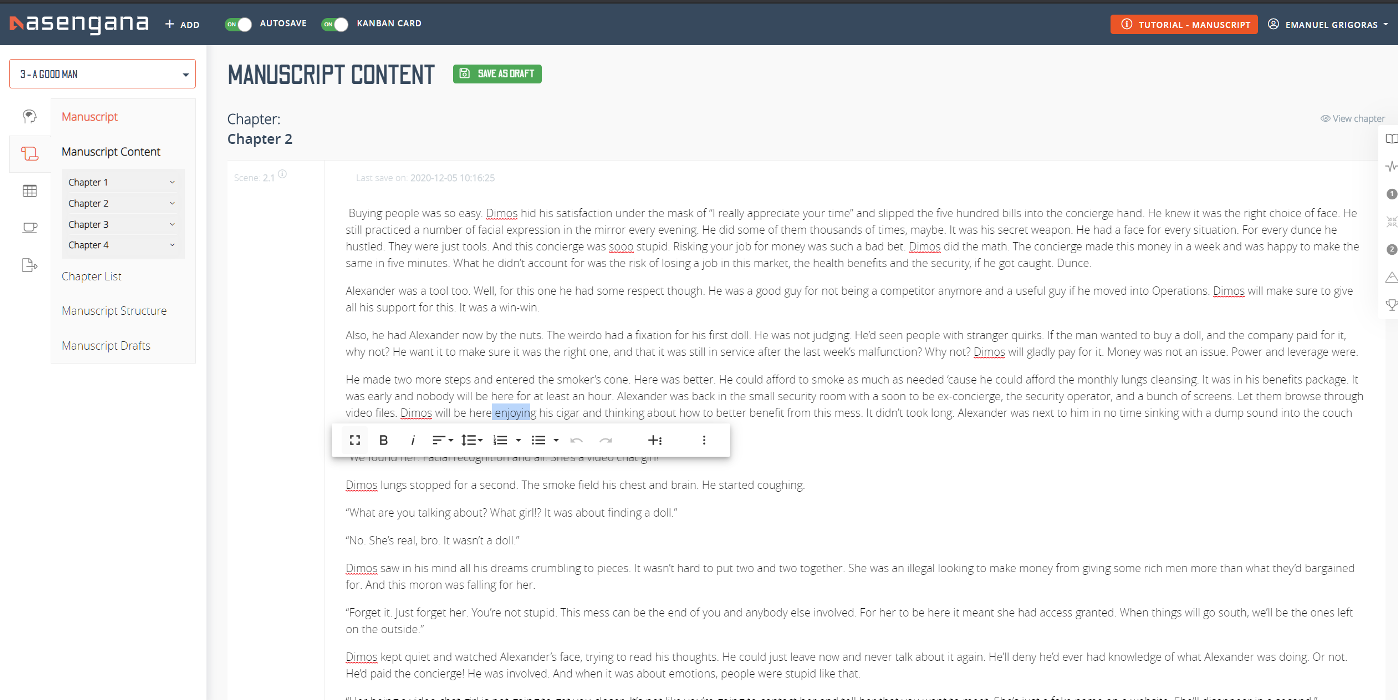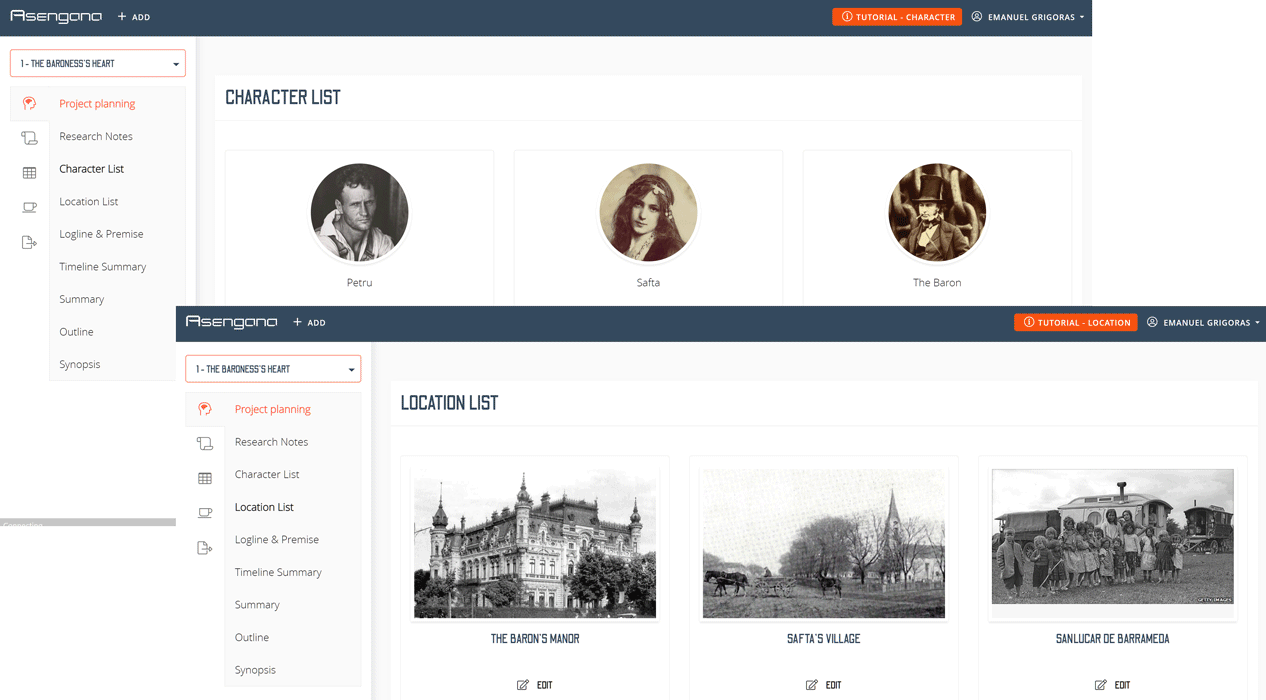Writer’s block is the writer’s most utilized tool of procrastination. Some scream from the rooftops, others just comfort themselves in the solitude of their morning coffee ritual. Writer’s block is real and a tag we stick to many things that aren’t it.
Before explaining how to use Kanban project management and the other modules on the platform to manage writer’s block, let’s first define what IS NOT writer’s block.
Most definitions revolve around “it’s a condition, an inability, when writers find themselves unable to write, formulate new ideas, produce new work, and experience creative slowdown”. These approaches are useless. They start from the premise that anyone is capable of being a writer because creativity is a human trait.
The “writer” we’re talking about here is not somebody putting words on paper. A writer in our understanding is a person that puts words on paper in the right order having as outcome publishing and a form of social recognition: money, fame, personal branding, or a certain message to share with the world.
To wrap what is not writer’s block, let’s point out that pantsers (someone who writes without an outline) and plotters (someone who plans in details every aspect of their book) have traits that are also not identifiable as writer’s block.
When your pantser persona stops writing after a number of pages, it’s not writer’s block. That is a lack of planning. When your plotter persona spends months on planning and research before writing the first scene, it’s not writer’s block. It’s overthinking and maybe some blank page blues.
A good tool improves the way you work. A great tool improves the way you think.
Jeff Duntemann
Writing a book is a project. A project methodology is recommended. Enters Kanban.
You might be familiar with Kanban Boards. They are ubiquitous now. Kanban project management is little more than that. Kanban is the Card that a person in a lean manufacturing system raises to stop the line because of a bottleneck. Until the blockage is fixed, the production process is not complete.
We interviewed professional writers and one of the questions was “How do you deal with writer’s block?” A small percentage was of the opinion that writer’s block doesn’t exist. We asked more about the non-existent writer’s block. It turned out that they were referring to the common understanding of the term. For them and the others that acknowledged its existence, the writer’s block is a TECHINCAL ISSUE.
Yes. A technical issue. An impediment in the writing process that appears at scene level.
How they deal with it? Since they planned the structure of their book down to scene level, it’s easy. They put that scene aside with a short description of what should happen there and move to another scene.
The way we applied Kanban project management principles to Asengana functionalities helps you not only to improve the way you manage but also improves the way you think and approach a resolve to overcome writer’s block.
Writer’s block management – improving the way you work
Use the Asengana Kanban Board to place all the scenes for you which you identified an issue, a block, in the WIP column. There a limit of 5 scenes for this column. It’s our recommendation to stop everything and work only on those scenes. If you identify more than five writer’s block type scenes, there might be more issue with your story architecture.
On the Manuscript page, if you activate the Kanban Card button, the only scenes displayed are those from the WIP column. This way you can focus only on those scenes with no other distractions.

Writer’s block solutions – improving the way you think
Each of us has a personal way of getting our thoughts back on track. You can start by working with what you have in the Asengana writing platform associated to a scene:
- POV – read the character individual file one more. Maybe something in his description can give you a starting point for what will happen in the scene. Or maybe, the scene is better written from a different POV.
- Location – every location has a sensorial mapping with 15 senses. Each one gives you unique insights into the scene’s settings.
Any sentence describing how your character reacts based on his personality traits to another character or the way any of them reacts to the settings based on their sensory inputs can trigger more sentences and move you past the writer’s block.

Nobody and nothing can write your story for you, but writing tools are here to make your work easier and to save time. When you are determined to finish your book and do your research and planning the right way, Asengana can provide you with tools and analytics to move you forward in your writing journey.








